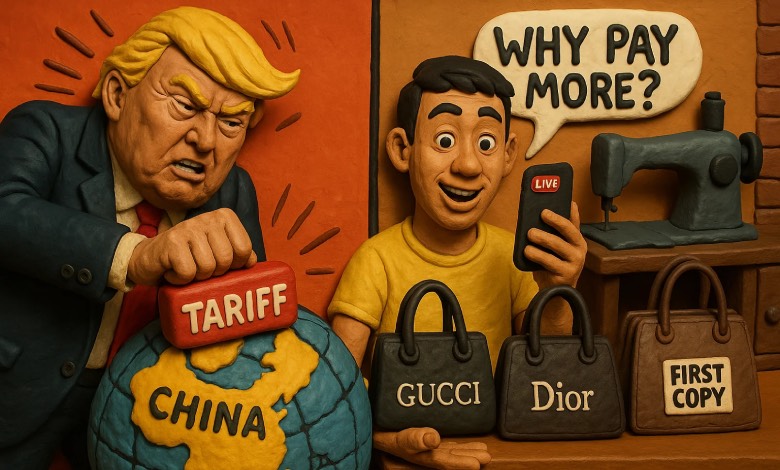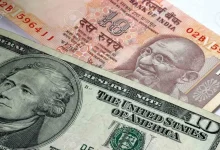Chinese Manufacturers Bypass US Brands, Sell Luxury Lookalikes on TikTok Amid Tariff Tensions

As trade tensions escalate between the United States and China, Chinese manufacturers are sidestepping traditional supply chains and reaching out directly to American consumers through social media platforms like TikTok.
In response to former U.S. President Donald Trump’s aggressive tariff strategy aimed at reshoring manufacturing, Chinese suppliers have launched an online campaign showcasing high-quality goods they produce for global luxury labels such as Louis Vuitton, Estée Lauder, and Chanel. These products—often sold without brand logos—are being offered to American consumers at a fraction of retail prices, in some cases as low as one-tenth of the original cost.
Also read: China Imposes 34% Additional Tariffs On US Goods
American TikTok users have reported a surge in videos from Chinese manufacturers demonstrating how these products are made, emphasizing their craftsmanship and affordability. One user on X (formerly Twitter) noted, “My FYP is suddenly filled with Chinese manufacturers trying to sell directly to Americans. The gag is that even with paying the import tariff and shipping, it’s still way cheaper than buying the same products through American corporations. We are not winning this trade war lmao,” while sharing footage of unbranded Birkenstock-style footwear made in China.
From handbags and footwear to household items like detergent, the videos—often filmed inside Chinese factories—have gone viral. They not only offer behind-the-scenes access to the production process but also aim to challenge the notion that Chinese-made goods lack quality. Many manufacturers are sweetening the deal by covering shipping costs for U.S. buyers, making the final prices significantly more attractive even after accounting for the steep import tariffs.
Also read: China Vows Retaliation as Trump Escalates Tariff Threats
Currently, the U.S. imposes tariffs as high as 145% on Chinese imports, while China has retaliated with duties of up to 125%. With neither side showing signs of backing down, Chinese producers are seizing the opportunity to connect directly with international consumers—and shift the narrative around their products.




